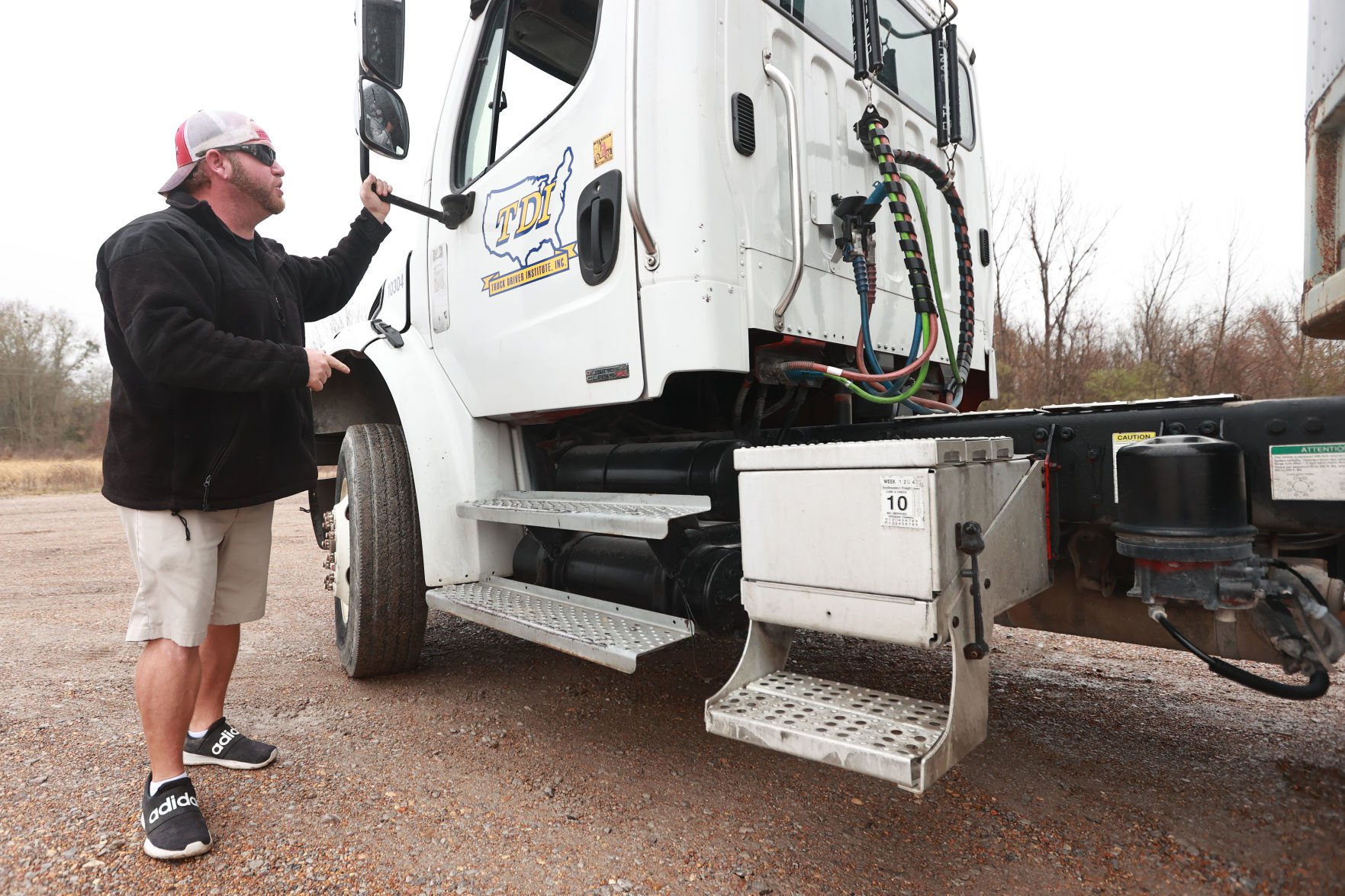

Pekarek said the magnets would help to direct that energy to where it needs to go. "The idea is to transmit energy from a transmitter in a roadway to a receiver in a vehicle with the idea of charging that vehicle as it's moving," said Pekarek. The partnership will test out magnetic concrete technology developed by a German startup called Magment. If you can reduce that you don't need as large a battery, then it reduces the overall cost - potentially - of the vehicle," Pekarek said. “The battery typically is a higher cost item. It could also save them money because they don’t need larger batteries. He said charging on the go makes electric drivers feel less anxious about running out of power. Steve Pekarek is a professor of electrical and computer engineering at Purdue University and part of the Advancing Sustainability through Power Infrastructure for Road Electrification (ASPIRE) initiative - which is funded by the National Science Foundation. “They really need to maximize every minute of available time that they can have on the roadways since the time that they're allowed to drive on a daily basis is federally regulated," he said. But INDOT’s deputy chief of staff, Scott Manning, said the need to find somewhere to stop and charge for hours can be a barrier for companies that want to go green. With Indiana companies like Cummins and Allison Transmission manufacturing parts for electric trucks, INDOT expects more freight and logistics companies will add them to their fleet. INDOT said electrifying the state’s highways would reduce pollution and support Indiana companies that make parts for new electric heavy trucks. The Indiana Department of Transportation and Purdue University want to build a stretch of highway that would charge electric cars as they drive.


 0 kommentar(er)
0 kommentar(er)
